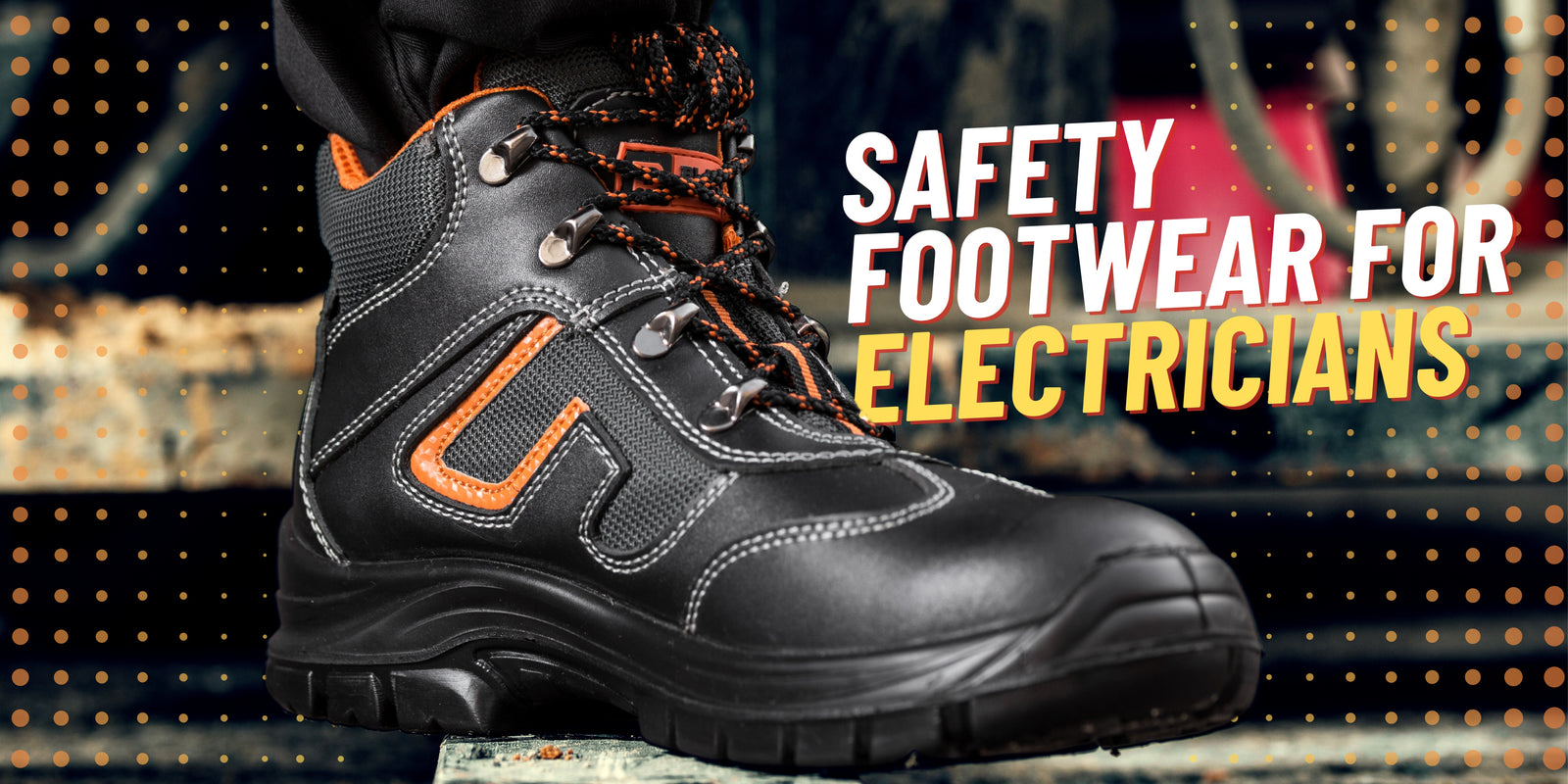
Working as an electrician has its own risks. Not only can people working with electrical equipment suffer injuries from objects rolling or falling onto their feet, penetrating or crushing them; they can also fall victim to electrical shocks. There is also the risk of hot substances or corrosive materials. This is why, for increased electrical safety, it is essential that electricians wear non-conductive, anti-static shoes while working with electrical equipment. Having said that, there are certain instances where conductive footwear may be required, such as a place where static electricity might be a factor.
While the recent updates to ISO 20345 cover all areas of protection from punctures, falling objects, extreme temperatures and water and slip resistance, it is important for anyone working with electrical equipment to also consider the additional requirements for safety boots and trainers in their line of work. In this blog post, we will look at the different types of protections that electricians might need in their work trainers and boots to perform their job safely.
Types of Protection Offered by Safety Shoes for Electricians

There are different types and levels of protection offered by electrical safety shoes. You should consider the different factors before buying any electrical safety shoes. These can be checked by either contacting the manufacturer or checking the labels.
- Metatarsal guards that protect the instep area of the foot from compression and impact. These guards are found in steel, aluminium, fibre or plastic.
- Combination shin and foot guards that protect the feet and lower legs. In case you require more protection, then you can use this combination with toe guards.
- Toe guards for the protection of toes from impact hazards and compression. Toe guards are sometimes also worn over the toes of regular shoes and are usually made of plastic, steel or aluminium.
Static Electricity Protection
Conductive electricity safety footwear must be worn in locations where explosions can happen. A single spark from static electricity from human clothing is all it takes to start a fire or cause combustible materials to explode. What conductive electrical safety shoes do is prevent this build-up of static electricity on the human body, significantly lowering the risk of explosions. This is why conductive electrical safety shoes must be worn whenever work is being done on any electrical equipment.
Electrical Hazard Protection
Non-conductive electrical safety shoes should be worn by all workers who are at a risk of an electrical hazard. Any safety shoes for electrical hazards that can protect against electrical circuits of up to 600 volts in dry conditions are considered non-conductive electrical safety shoes, as they will not complete an electrical circuit to the ground. It is recommended that you always use these electrical safety boots and trainers with other insulating equipment that can lower the risk of an electrical hazard.
Keep in mind that the insulating protection of safety footwear for electricians can lose its effectiveness if the soles are worn out, the soles are wet or the electrician touches any grounded, conductive item. This is why we always recommend that you buy from a trusted brand like Black Hammer. We give you a wide selection of safety trainers and boots with 6 months sole warranty on all shoes. You can also reach out to us if you have any specific queries regarding our safety footwear, and our staff will be more than happy to assist you.

